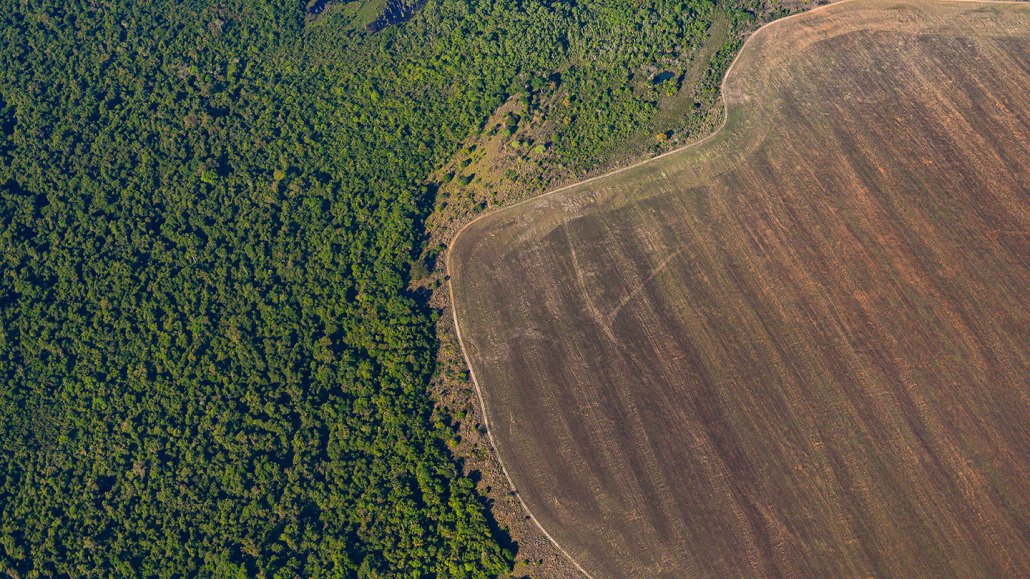Questions for ‘The Amazon is in trouble. Here’s why — and why it matters’

In Brazil’s Mato Grosso region, large parts of the Amazon rainforest have been cut down to make way for crops, cattle and other human uses.
Lucas Ninno/Moment/Getty Images
Share this:
- Share via email (Opens in new window) Email
- Click to share on Facebook (Opens in new window) Facebook
- Click to share on X (Opens in new window) X
- Click to share on Pinterest (Opens in new window) Pinterest
- Click to share on Reddit (Opens in new window) Reddit
- Share to Google Classroom (Opens in new window) Google Classroom
- Click to print (Opens in new window) Print
To accompany ‘The Amazon is in trouble. Here’s why — and why it matters’
SCIENCE
Before Reading:
- Based on what you know about plants, list at least three to five environmental traits that a rainforest will likely need to thrive.
- Considering your answer to the previous question, what are some types of natural threats that might affect the Amazon rainforest? What are some types of human-caused threats that might affect this forest?
During Reading:
- What type of terrain is the Amazon? What type of terrain is the Cerrado? Describe two ways they differ.
- Historically, what has been the largest factor driving changes in the Amazon? In the past 50 years, what has been a major source of change to this landscape?
- About what share of the world’s river water flows through the Amazon? About what share of land-dwelling species live there? What share of the world’s human-caused carbon dioxide emissions does it absorb?
- What are the trade winds? Why are they important to the Amazon?
- Describe the journey of a single drop of water as it travels from the Atlantic Ocean to where it finally exits the Western side of the forest basin. Include at least three cycles of transpiration.
- What is deforestation? What is forest degradation? Briefly describe what you understand the difference to be.
- What are two pieces of evidence from the past few decades that the Amazon is facing new extremes of temperature and less precipitation?
- Name three types of ecosystems found within the Amazon and describe a few ways they differ.
- According to Marina Hirota, why do researchers often treat the Amazon as though all the trees are identical? What is one problem with this approach?
- As described in the story, what is one way that human activity has benefited the Amazon?
After Reading:
- When describing scientists’ efforts to understand the Amazon’s future, David Lapola says, it’s as if “we’re looking into a room from the hole of the lock.” What does he mean by that statement? Imagine that someone who has never visited you can see into your bedroom (or another room) only through a small hole in the door. What might that person be able to learn about you and your life from that view? What would they not be able to learn about you? With that comparison in mind, look back at the story for some examples of information scientists do NOT have about the Amazon. Choose one piece of information that is currently lacking and describe how having that information might help give researchers a better understanding of this rainforest’s future.
- Knowing that the Amazon is connected to many global systems and environmental effects, as described at the end of the story, think about how actions and choices in your life might connect to the rainforest. Choose one action in your life from the past few weeks and describe the impact it might have on the Amazon. Is it a positive impact or a negative one? What might you do differently in the future to change the type or amount of its impact on the Amazon?